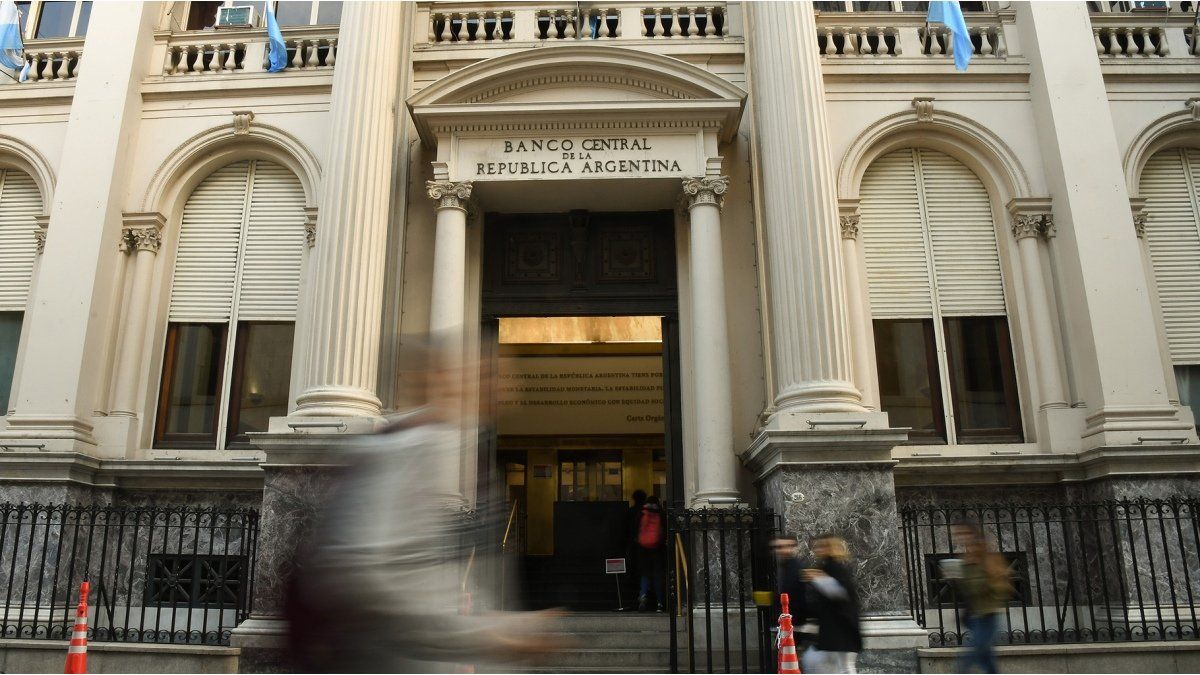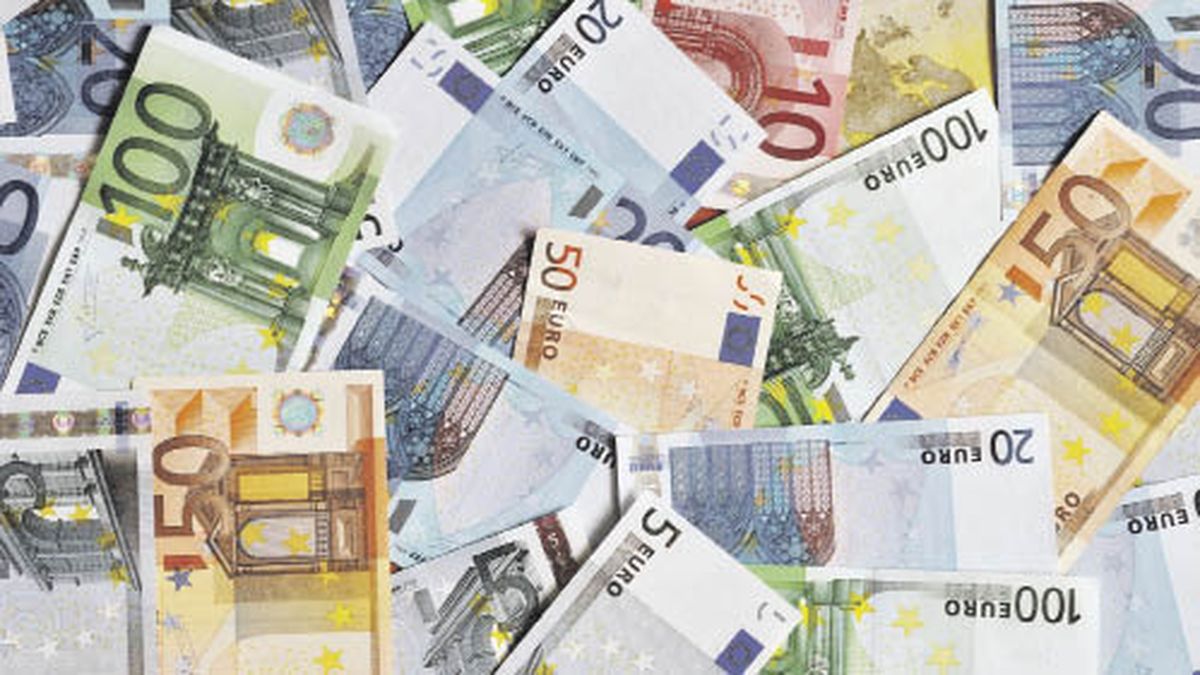The Government will observe with extreme attention the inflation data that the INDEC will give this afternoon. For the moment, they trust that the number will be less than the 8.4% that marked the month of April.
The Government will pay close attention to the inflation data that the INDEC will give this afternoon. For the moment, they trust that the number will be less than the 8.4% that marked the month of April. Among economists, there is no consensus on the subject: while some maintain that it will touch 9%, others affirm that it will be 7%. In this context, the Central Bank, in the same way, has already decided what it will do with the interest rate of fixed terms.
The content you want to access is exclusive to subscribers.
After the increase made in May, the reference rate reached 97% for fixed terms and 154.28% effective per year. In monthly terms, it is equivalent to 8% nominal or 12.86% effective. An expectation of the drop in inflation would make the Central Bank led by Miguel Pesce decide to maintain the level of rates and not make changes in this regard.


What will happen to rates, according to economists
In dialogue with Ámbito, the economist Gustavo Ber considered that the Central Bank will maintain the rate “without modifications, waiting to evaluate how the dynamics continue in the coming months. In the midst of a pre-electoral period, it would also be the most convenient way to avoid accelerate the nominality of the economy, due to its negative implications, among others, on remunerated liabilities and economic activity”. The rate would no longer be as effective in containing dollarization, hence the need and urgency to obtain fresh funds from abroad, since otherwise the interventions and possibly new restrictions would be accentuated.“.
For the economist from the University of Avellaneda Pablo Ferrari, “private consultants do not estimate that it will be much higher than that of April, so, if so, due to the rate hike logic that the BCRA has been using, it should not rise”.
Conversely, meanwhile, for Joel Lupieri, an economist at Elypsis, “it is likely that, given the price dynamics that has been imposed, the BCRA continues with the trend of continuing to adjust rates upwards”. In his opinion, it is important that, in moments of uncertainty, the monetary authority continue with a firmly restrictive policy to move forward in the search to appease both the expectations of depreciation of the peso and the inflationary escalation.
fixed terms two.jpg

Photo: Pixabay
If inflation for May begins with 7, that is to say that it is located, as many expect, between 7.5% and 8%, the monthly yield of the fixed term would become real positive with respect to the price evolution data, as required by the International Monetary Fund (IMF) and as the market has been constantly demanding from the BCRA.
Until now, the high inflationary indices have been causing the monetary regulator to have to run from behind to inflation even though it has been adjusting the rate strongly in recent times and giving strong signals to the market regarding its determination that the fixed term rates are positive.
In principle, Menescaldi considers that “it is feasible that it will give levels similar to those of April”, although the Government expects it to be below. And, in that case, he considers that the Central you will not have to increase the rate.
Source: Ambito



